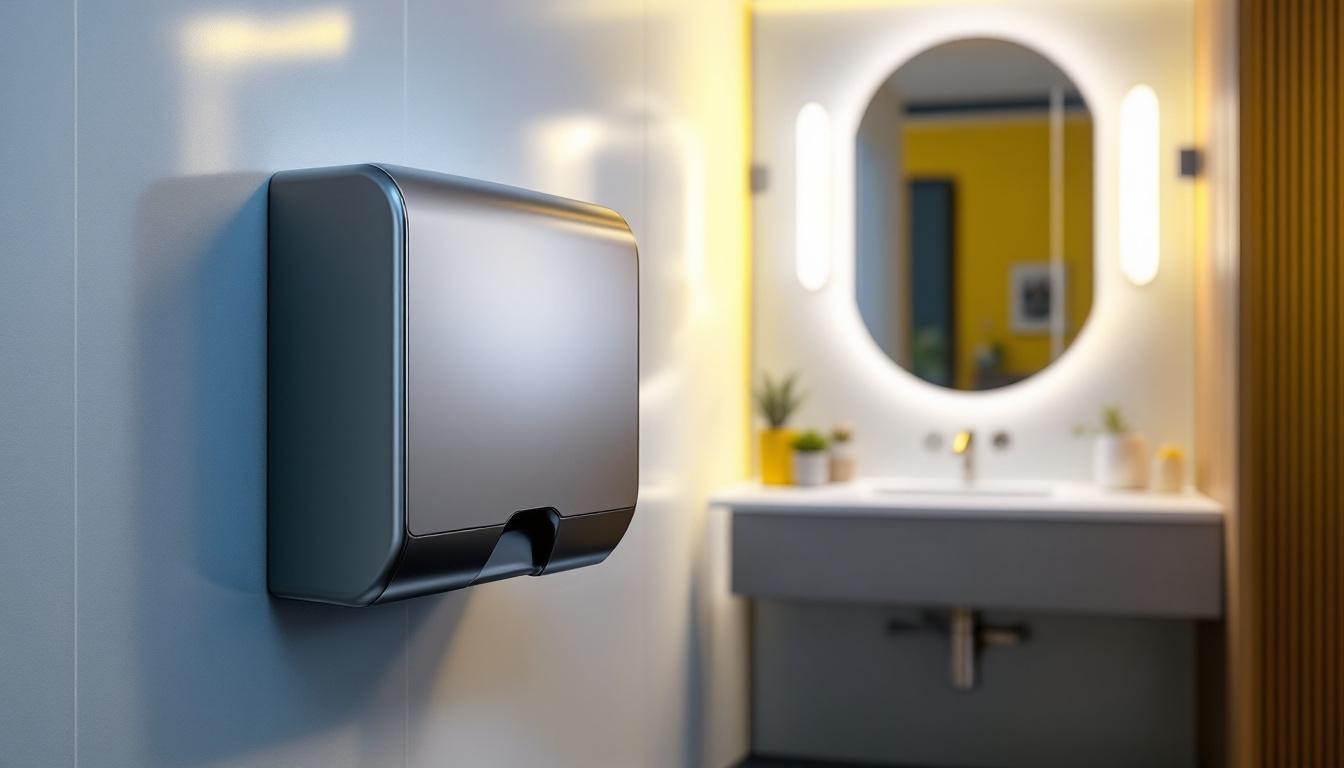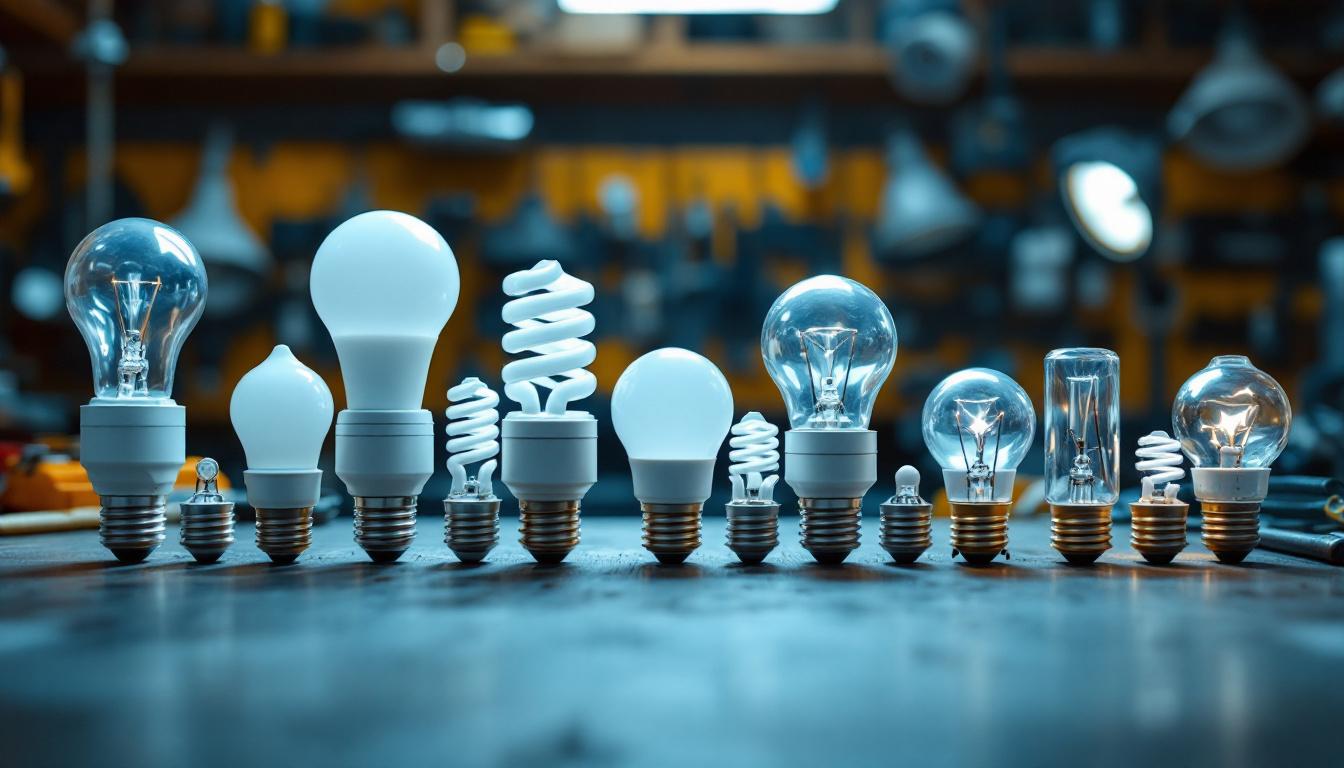
In the ever-evolving world of lighting technology, LED lights have emerged as a transformative solution for both residential and commercial applications. Their energy efficiency, longevity, and versatility make them the preferred choice for many lighting contractors. However, one critical aspect that often goes overlooked is the cooling requirements of LED lights. Understanding and implementing effective cooling strategies is essential for ensuring optimal performance, longevity, and safety in lighting projects.
LED lights generate heat during operation, which can significantly affect their performance and lifespan. Unlike traditional incandescent bulbs that emit heat primarily from the filament, LEDs produce heat in the semiconductor material. If not managed properly, this heat can lead to thermal runaway, resulting in reduced light output, color shifting, and ultimately, premature failure of the lighting fixture.
LEDs convert a significant portion of electrical energy into light, but they also produce heat as a byproduct. The efficiency of an LED is often measured in lumens per watt, and while modern LEDs can achieve impressive levels of efficiency, they still generate heat that must be dissipated. The higher the wattage, the more heat is produced, making it crucial for lighting contractors to consider cooling solutions in their designs. Effective thermal management strategies can include heat sinks, active cooling systems, and proper fixture design. These methods not only help in maintaining optimal operating temperatures but also enhance the overall performance and reliability of the lighting system.
When LEDs are subjected to excessive heat, several detrimental effects can occur. First, the luminous efficacy of the LED decreases, meaning less light is produced for the same amount of energy consumed. Second, prolonged exposure to high temperatures can lead to color degradation, altering the intended ambiance of a space. Finally, excessive heat can shorten the lifespan of the LED, negating the long-term cost savings that come with using energy-efficient lighting solutions. Additionally, inadequate cooling can lead to increased maintenance costs, as fixtures may require more frequent replacements. This not only disrupts the aesthetic and functionality of a space but also places a strain on resources, both financially and environmentally.
To combat the challenges posed by heat generation in LED lighting, various thermal management technologies have been developed. For instance, advanced materials such as aluminum and copper are often used in heat sinks due to their excellent thermal conductivity. These materials help to dissipate heat away from the LED junction, ensuring that the light source remains cool. Furthermore, some manufacturers are exploring the use of phase change materials (PCMs) that absorb and release heat, providing a more dynamic cooling solution. By integrating these technologies into the design of LED fixtures, manufacturers can significantly enhance the performance and longevity of their products, ultimately leading to more sustainable lighting solutions.
To ensure that LED lights operate within their optimal temperature range, various cooling methods can be employed. These methods can be broadly categorized into passive and active cooling solutions, each with its advantages and applications.
Passive cooling involves natural heat dissipation without the use of mechanical systems. This method is often favored for its simplicity and reliability. Key components of passive cooling include heat sinks, thermal conductive materials, and strategic placement of fixtures.
In addition to these components, the orientation of the LED fixtures can also impact cooling efficiency. For instance, mounting fixtures vertically can facilitate natural convection, allowing warmer air to rise and cooler air to flow in from below. Moreover, the surrounding environment plays a significant role; fixtures installed in well-ventilated areas will typically perform better than those in confined spaces. By considering these factors, designers can optimize the thermal performance of LED lighting systems.
Active cooling methods involve the use of mechanical systems to regulate temperature. While these systems can be more complex and costly, they are often necessary for high-output LED applications.
Furthermore, the integration of smart technology in active cooling systems is becoming increasingly prevalent. For example, some systems can utilize sensors to detect temperature fluctuations and adjust fan speeds or coolant flow rates dynamically. This not only enhances energy efficiency but also prolongs the lifespan of the LEDs by preventing overheating. Additionally, the use of programmable controllers allows for tailored cooling strategies that can be adapted to specific environments or operational demands, making active cooling solutions highly versatile and effective in maintaining optimal LED performance.
Several factors can influence the cooling requirements for LED lights in a project. Understanding these factors is essential for lighting contractors to design effective cooling solutions tailored to specific applications.
The ambient temperature of the environment where the LED lights are installed plays a significant role in determining cooling needs. In warmer climates or enclosed spaces, the heat generated by LEDs can accumulate more quickly, necessitating more robust cooling solutions. Conversely, cooler environments may allow for simpler passive cooling methods to suffice.
The wattage and output of the LED lights directly correlate with heat generation. Higher wattage LEDs produce more heat and, therefore, require more extensive cooling solutions. When designing lighting systems, it is crucial to balance the desired brightness with the cooling capabilities to avoid overheating issues.
The placement and configuration of LED fixtures can also impact cooling efficiency. Fixtures that are tightly clustered or enclosed may trap heat, leading to higher temperatures. Proper spacing and orientation can facilitate better airflow and heat dissipation, enhancing overall performance.
To achieve successful lighting projects, lighting contractors should follow best practices when implementing cooling solutions for LED lights. These practices can help ensure optimal performance and longevity of the lighting system.
Before finalizing a lighting design, conducting a thorough thermal analysis is essential. This analysis should consider factors such as ambient temperature, fixture placement, and expected wattage. By understanding the thermal dynamics of the project, contractors can make informed decisions about cooling methods.
Using high-quality heat sinks, thermal interface materials, and cooling systems can significantly impact the effectiveness of cooling solutions. Investing in reputable components ensures better performance and reliability, ultimately leading to more successful lighting projects.
Once the lighting system is installed, regular maintenance and monitoring are crucial for ensuring continued performance. Periodic checks on the cooling components, such as cleaning dust from heat sinks or inspecting fans, can prevent overheating issues and prolong the lifespan of the LEDs.
Examining case studies of successful LED lighting projects can provide valuable insights into effective cooling strategies. These examples highlight the importance of tailored cooling solutions in achieving optimal performance and longevity.
In a recent project involving a large commercial office space, the lighting contractor faced challenges with heat buildup due to the high wattage LED fixtures used throughout the building. To address this, a combination of passive and active cooling solutions was implemented. Heat sinks were strategically placed, and additional fans were installed in areas with high fixture density. As a result, the office maintained a comfortable atmosphere, and the LEDs operated efficiently without any overheating issues.
In a retail environment where aesthetics and ambiance are crucial, a lighting contractor designed a system using high-output LED track lights. Understanding the potential for heat accumulation, they opted for a robust passive cooling solution, incorporating large, well-designed heat sinks and ensuring adequate spacing between fixtures. The outcome was a visually appealing lighting design that not only enhanced the shopping experience but also ensured the longevity of the LED fixtures.
In outdoor lighting applications, where ambient temperatures can fluctuate significantly, a contractor faced challenges with thermal management for LED streetlights. By employing a combination of passive cooling through heat sinks and active cooling with integrated fans, the contractor was able to maintain optimal operating temperatures even during peak summer heat. This approach resulted in a reliable lighting solution that met municipal standards and ensured long-term performance.
In the realm of LED lighting, understanding and addressing cooling requirements is paramount for lighting contractors. The heat generated by LEDs can significantly impact their performance and lifespan, making effective thermal management a critical component of successful lighting projects. By employing a combination of passive and active cooling solutions, considering factors such as ambient temperature and fixture configuration, and following best practices, contractors can ensure that their LED lighting systems operate efficiently and reliably.
As the demand for energy-efficient lighting continues to grow, staying informed about the latest cooling technologies and strategies will empower lighting contractors to deliver exceptional results. Ultimately, prioritizing cooling requirements not only enhances the performance of LED lights but also contributes to the overall success and satisfaction of lighting projects.
Ready to elevate your lighting projects with the best cooling technologies for LED lights? Look no further than LumenWholesale, where we provide contractors with superior, spec-grade lighting products at unbeatable wholesale prices. Our selection is designed to meet the highest industry standards, ensuring you get the most reliable and high-performance lighting solutions. Plus, with free shipping on bulk orders, you can secure premium lighting at the best value without any hidden fees. Don’t compromise on quality or cost—visit LumenWholesale today and experience the perfect blend of quality, affordability, and convenience for all your lighting needs.

Discover how Best Buy’s green screen technology can revolutionize lighting projects for contractors.

Discover how waterproof electrical wire can revolutionize your lighting projects and give you a competitive edge in securing more contracts.

Discover why lighting contractors should prioritize electrical hand dryers in their projects.

Discover the comprehensive guide to bulb sockets with our essential checklist tailored for lighting professionals.